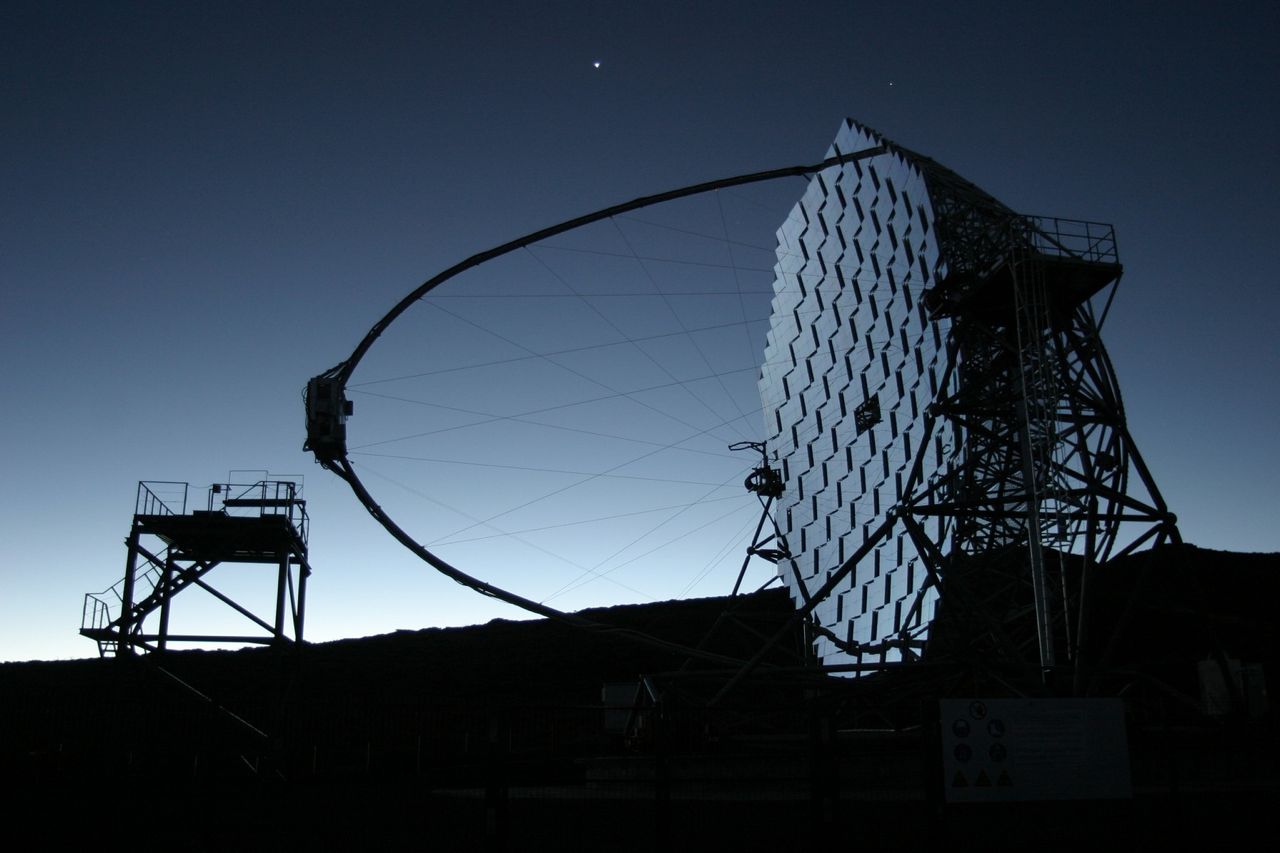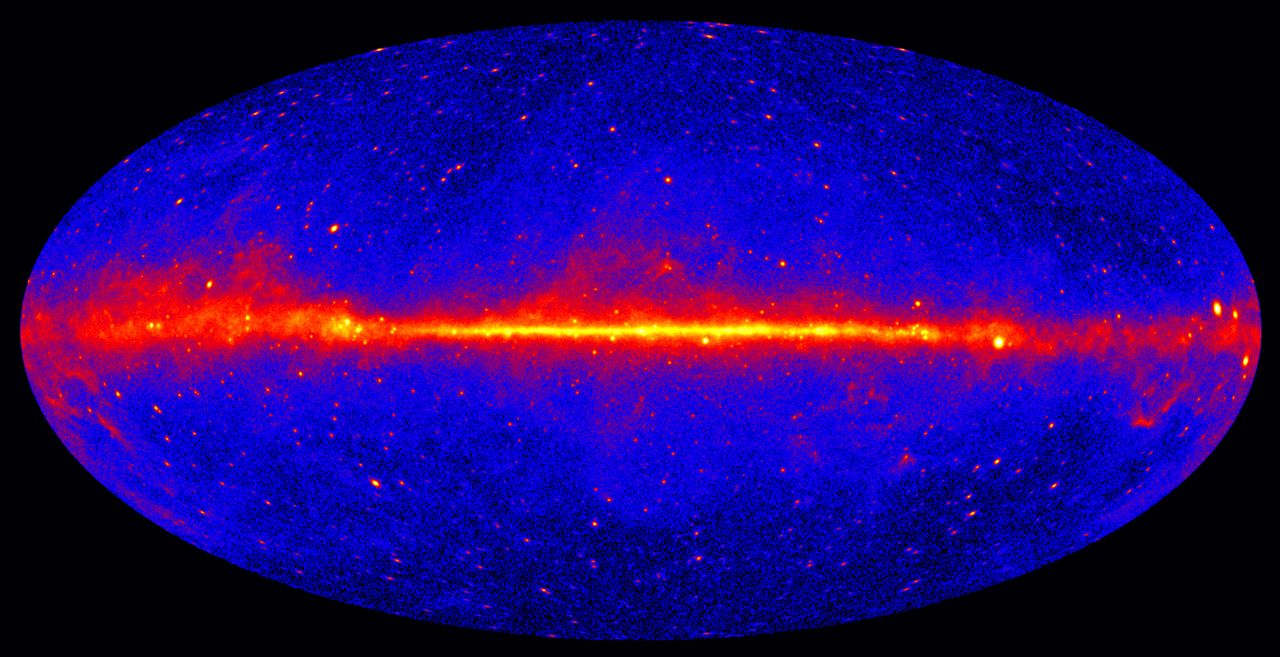Physics and Astrophysics at the University of Nova Gorica
Have you ever wandered what makes the universe tick? What are the physical laws that describe everything from the smallest to the largest things? From the forces between elementary particles to largest structures in the universe, their creation, evolution and future? You can learn about these and many more interesting phenomena in Nature by studying physics and astrophysics at the University of Nova Gorica.
During the Undergraduate (I. Level) study program »Physics and astrophysics« students will get rich theoretical and experimental knowledge and initial experience with the scientific research work. This first cycle of studies is followed by the Master (II. Level) study program »Physics and astrophysics«, which within the modules Astrophysics and Solid State Physics offers specialized content from two forefront areas of modern physics.
During their studies, students are involved in research work in six laboratories and centers of the University of Nova Gorica, that support the teaching by research: Center for Astrophysics and Cosmology, Laboratory for organic matter physics, Laboratory for multiphase processes, Center for atmospheric research, Materials research laboratory and Laboratory of quantum optics.
The students will be involved in the activities of international astrophysical collaborations, which will allow them to participate in measurements and data analysis from such observatories and telescopes as Pierre Auger, Cherenkov Telescope Array, Fermi LAT, Swift, Liverpool Telescope and Gaia.
All who are interested by studies at our faculty, are warmly invited to visit us. We are here to help you meet the challenges that nature is constantly offering to the humanity.
Contact
Office of the School of Science, info.fn@ung.si




